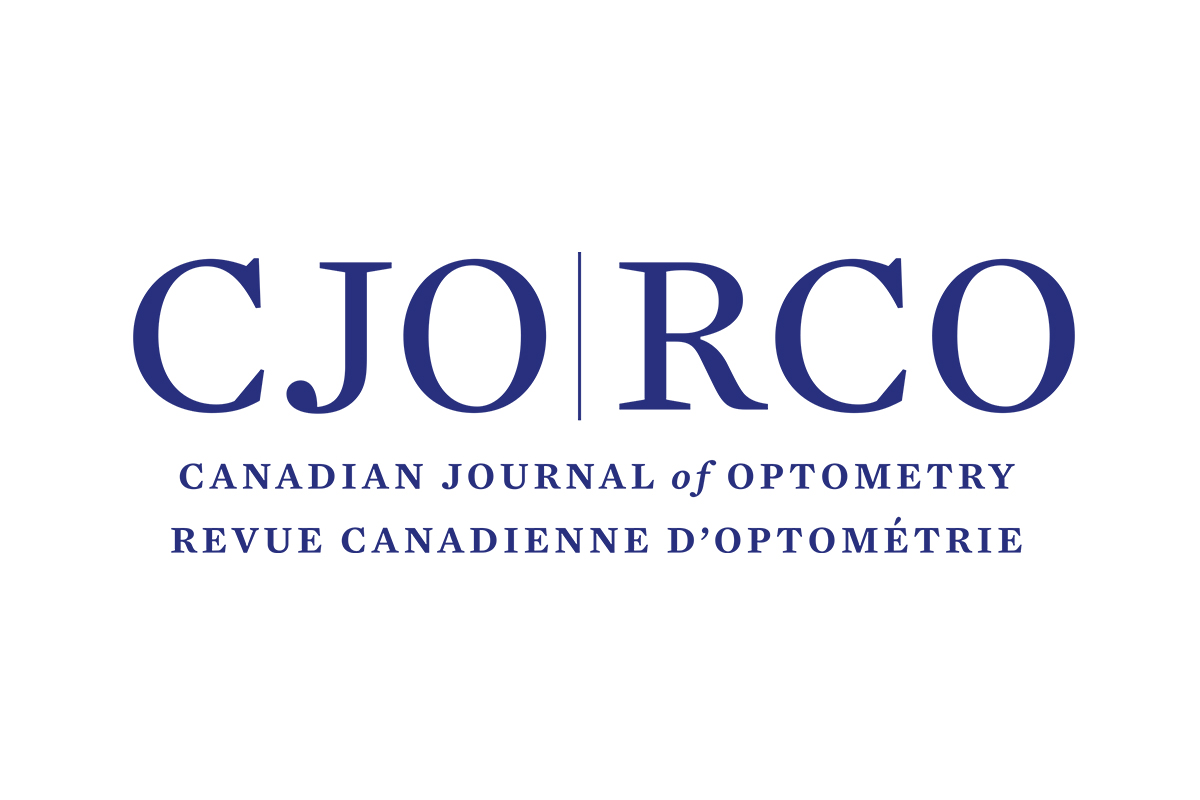Diagnostic and Therapeutic Considerations In An Amblyopic Child: A Case Report
DOI :
https://doi.org/10.15353/cjo.v49i4.4579Résumé
Degraded retinal imagery and concomitant abnormal binocular interaction, as a result of significant unilateral uncorrected refractive error, can result in unilateral functional amblyopia in young humans.
The ''plastic or critical period of vision'' could be considered as the physiologic epoch in which visual deprivation can impede complete development of normal vision or in which visual stimulation can "reverse" the effects of previous stimulus deprivation. This plastic period has been defined in some mammals but is still approximated in humans. The prevention of normal visual acuity development with maturation is referred to as amblyopia of arrest; a condition that is non-treatable by definition. Amblyopia of extinction represents a reduction in acuity from that previously developed and consequently acuity is recoverable. The clinical differentiation of amblyopia of arrest from amblyopia of extinction would be greatly simplified if the critical plastic period in humans was more clearly defined.
Optometrists must assess many factors in addition to age when evaluating the prognosis for amblyopia therapy. This case study helps illustrate the importance of early detection and subsequent correction of unequal refractive errors as well as the aniseikonic, binocular and electrophysiologic consequences of the condition and its treatment.
Publié-e
Comment citer
Numéro
Rubrique
Licence
© L Sorbara, M.M Spafford 1987

Cette œuvre est sous licence Creative Commons Attribution - Pas d'Utilisation Commerciale - Pas de Modification 4.0 International.


